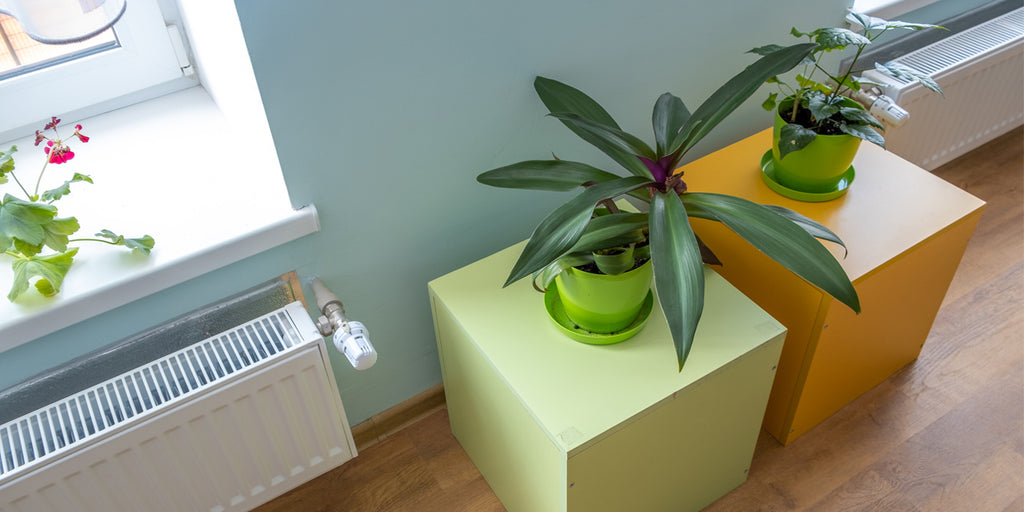Have you ever wondered why radiators are so often to be found placed under windows? It used to be necessity and now it’s more a matter of personal choice. In older houses (those built more than 20 years ago, for example), the windows are often only single glazed and are therefore the weak spot when it comes to insulation. They are generally the coldest part of the room, so the radiator is traditionally placed there to counteract the draught. The rising hot air meeting the incoming cold air helps to push the hot air into the room for greater heat efficiency. In modern houses with double or triple glazed windows, this is no longer an issue.
Should I put my radiator under the window?
The answer to this one is that if you live in a modern house, it is entirely up to you. Many people still choose to put the radiator under the window as it’s a ‘dead’ space that is not in use for anything else. It is a much better idea to have the radiator under the window than behind the sofa, for example. Putting furniture in front of a radiator greatly reduces its efficiency.

If you are revamping an older property, you will probably find that your existing radiator pipes are under the window. This may influence you to replace the new radiator in the same location! If you’d like to move the pipes, though, do consult a plumber – it may not be as difficult a job as you think.
Which sort of radiator should I buy?
These days, radiators come in a huge range of shapes, styles and sizes. If you have very little wall space available you could consider a vertical radiator that has a small footprint, rather than a traditional horizontal one. The most important thing is that your radiator gives out sufficient British Thermal Units (BTU) to heat your room. You can use an online calculator to work out what you’ll need.
How to position a radiator
Radiators should be positioned around three to four centimetres away from the wall and 10 to 15 centimetres above the floor. This allows plenty of room for the heat to circulate. When choosing a location, bear in mind that there needs to be plenty of room around the radiator and no large pieces of furniture in front of it.
Another thing to think about is whether you’d like your radiator to be a feature of the room or to blend into the background. See our guide on how to paint a radiator for tips on how to achieve the perfect result for your room.


